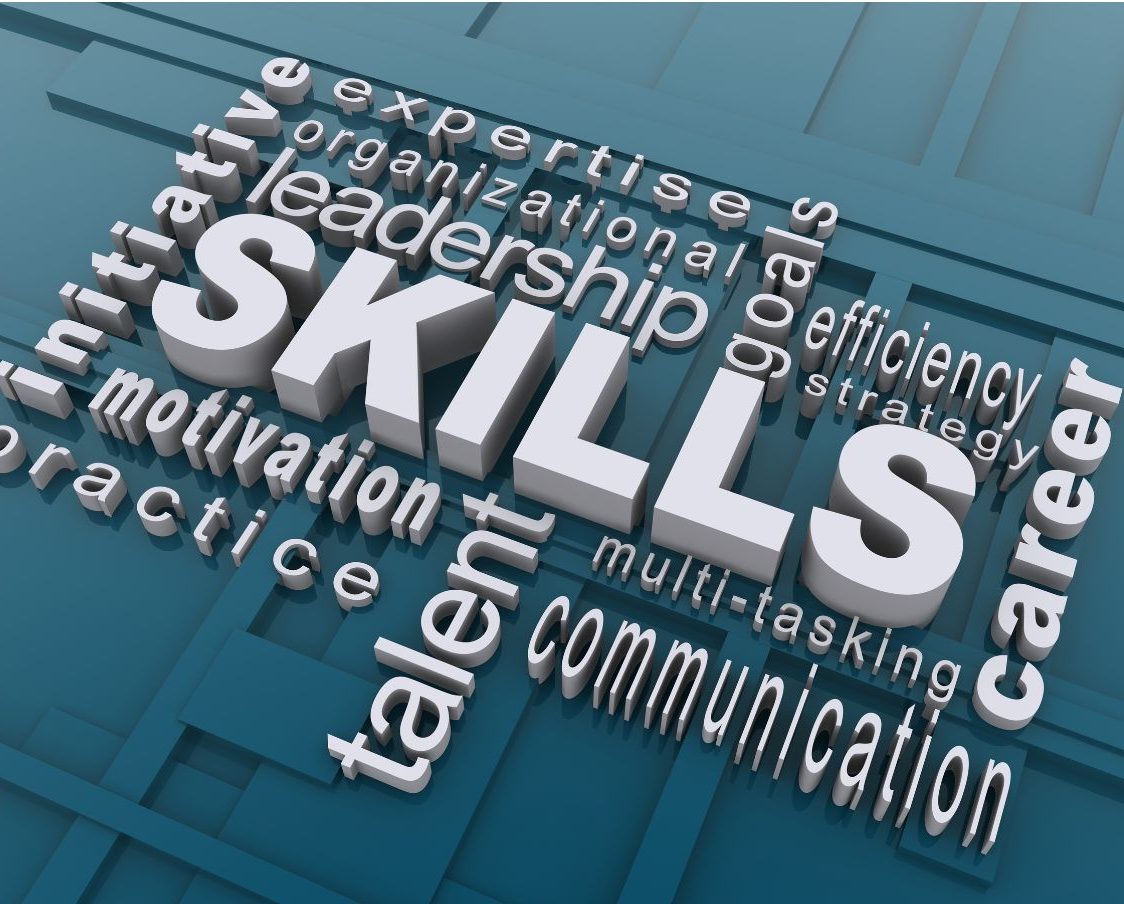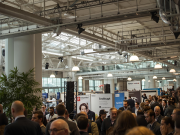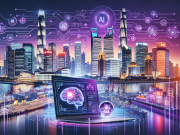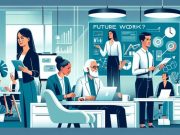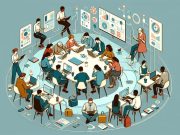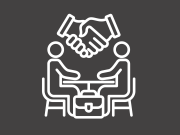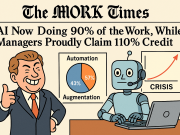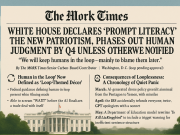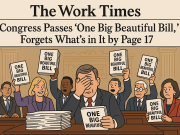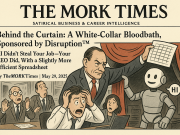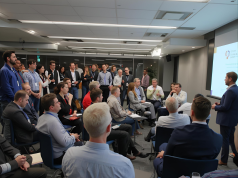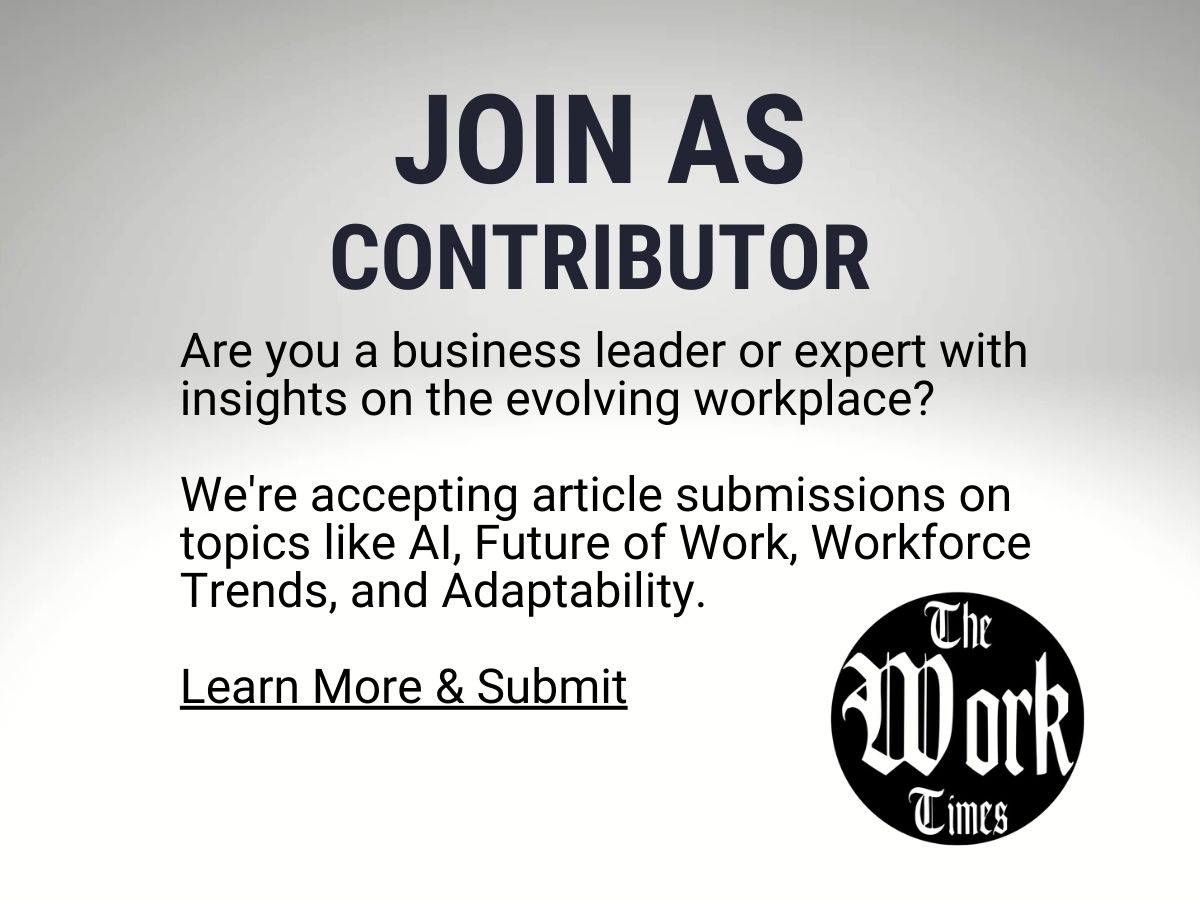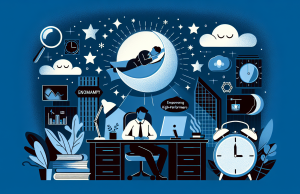In an age where AI, automation, and rapid innovation dominate discussions about the future, adaptability has quietly emerged as the most critical skill for success. Whether we’re talking about organizations navigating digital transformation or workers maintaining employability, the ability to adapt, evolve, and learn continuously has become the new standard of intelligence. No longer is it enough to have technical knowledge, degrees, or even high IQ. In today’s rapidly changing world, adaptability reigns supreme.
Let’s explore why adaptability is at the core of future-proofing the workforce, the risks of failing to prioritize it, and the policies and strategies needed to support it at every level of society.
The Age of Adaptability
The future of work is no longer just about AI replacing jobs or the rise of remote work. It’s about how humans, businesses, and governments can adapt to the profound changes that technological advancements bring. Those who fail to adapt—whether policy leaders, companies, or individuals—risk falling behind in a job market shaped by:
✅ Rapid technological advancements
✅ Workforce restructuring due to AI and automation
✅ The rise of gig work, hybrid models, and skills-based hiring
According to the World Economic Forum (WEF), 44% of worker skills will need to change by 2027 due to advances in automation and AI. This is no longer just an issue for HR departments—it’s a national and global policy priority that demands action from multiple sectors.
📢 Why Adaptability Matters More Than Ever
In the past, intelligence was defined by IQ, technical skills, and formal education. But those measures no longer guarantee long-term employability. The future workforce will require something more dynamic: Adaptability Quotient (AQ)—the ability to unlearn outdated knowledge, relearn emerging skills, and evolve with the environment.
This shift has led to No Worker Left Behind (NWLBA) and TAO.AI collaborating on the upcoming ‘Human Adaptability and Potential Index Whitepaper.’ This research will provide key insights into how adaptability can be measured, improved, and embedded within workforce development policies. The whitepaper will also outline policy recommendations to help governments, businesses, and workers navigate the disruptions ahead.
Workforce Challenges: Why Adaptability is a Policy Issue
While adaptability is often considered a personal trait or soft skill, it carries serious economic implications if not adequately addressed. Without coordinated support for developing adaptability, societies face the following risks:
❌ Structural unemployment: Millions could be displaced by automation if reskilling policies are not in place.
❌ Wage stagnation: Workers with low adaptability will struggle to transition into higher-paying roles.
❌ Job polarization: The gap between adaptable knowledge workers and displaced low-skilled workers will widen, exacerbating income inequality.
🔑 Key Insight: According to the World Bank, countries that fail to invest in upskilling and adaptability risk seeing a sharp rise in long-term unemployment and job insecurity.
Policymakers and businesses must recognize that adaptability isn’t just an individual responsibility. It requires structural, government-backed initiatives that support workers through continuous learning and career transitions.
Building Adaptability: A Framework for Workers, Businesses, and Policymakers
To foster a resilient workforce, adaptability must be nurtured through a comprehensive, three-pronged approach involving policymakers, businesses, and individual workers.
1. Policy-Driven Adaptability: Government & Institutional Role
Policymakers can create the environment and infrastructure necessary for large-scale adaptability through the following strategies:
🔹 Lifelong Learning Mandates:
Governments should mandate continuous education and reskilling programs, similar to Singapore’s SkillsFuture and Germany’s Bildungsgutschein. These programs provide workers with state-funded access to upskilling courses in high-demand fields like AI, data science, and green technology.
🔹 Tax Incentives for Adaptability:
Governments can encourage businesses to invest in workforce development by offering tax credits or subsidies for companies that implement reskilling and cross-training programs.
🔹 AI & Workforce Transition Policies:
Countries should adopt comprehensive workforce transition policies, such as the EU’s Digital Compass 2030, which outlines pathways for reskilling workers displaced by automation.
🔹 Portable Benefits for Gig and Contract Workers:
As the gig economy grows, gig workers often lack access to healthcare, retirement plans, and training opportunities. Portable benefit schemes would allow freelancers and contractors to access these benefits, making it easier for them to stay adaptable without job security barriers.
Example: The U.S. has been exploring portable benefits programs through initiatives like the “Portable Retirement and Benefits for Independent Workers Act,” aimed at protecting gig workers’ long-term security.
2. Business-Led Adaptability: Corporate Strategies
Businesses play a crucial role in ensuring their workforces remain adaptable. Companies that invest in employee development will experience greater resilience during economic shifts.
🔹 Adaptive Hiring & Promotion Policies:
Companies should move beyond degree-based hiring and focus on skills-based hiring, making adaptability a core competency.
🔹 Internal Mobility & Cross-Training Programs:
Instead of resorting to layoffs during restructuring, businesses can leverage internal talent through cross-departmental training and internal mobility programs. AI-powered platforms, such as TAO.AI, already help companies identify transferable skills and recommend reskilling paths.
🔹 AI-Augmented Learning Environments:
Companies like PwC and AT&T have implemented AI-based learning platforms that recommend personalized training modules, allowing employees to continuously reskill and take on future roles within the organization.
Case Example: PwC’s “New World. New Skills.” initiative provided employees with personalized digital training, helping the company avoid over 3,000 layoffs during its digital transformation.
3. Individual Adaptability: Strategies for Workers
Workers can take ownership of their adaptability through proactive learning and career development.
🔹 Microlearning & Continuous Upskilling:
Workers should enroll in AI-powered adaptive learning platforms like Coursera, LinkedIn Learning, and TAO.AI, which recommend bite-sized courses based on emerging skill trends.
🔹 Develop an Adaptability Mindset:
Adopt a “fail fast, learn faster” approach by taking on cross-functional projects, experimenting with new tools, and embracing challenges.
🔹 Leverage AI for Career Growth:
AI-powered career pathing tools can help workers identify which skills to acquire and which roles to target. Platforms like TAO.AI match workers with in-demand skill upgrades based on labor market data.
Pro Tip: Regularly update your digital portfolio and resume to reflect your new skills, signaling adaptability to potential employers.
Final Thoughts: Adaptability is an Economic Imperative
🚀 Adaptability is no longer optional—it is a core economic survival skill in the age of AI and automation.
- For workers, adaptability determines whether they thrive or fall behind as industries evolve.
- For businesses, it provides a competitive edge, reducing turnover and increasing workforce resilience.
- For policymakers, it’s key to maintaining employment stability and preventing long-term unemployment.
The upcoming release of the ‘Human Adaptability and Potential Index Whitepaper’ by No Worker Left Behind and TAO.AI will provide data-driven insights on adaptability metrics, workforce readiness, and policy recommendations for the future of work.
💡 Are you ready to adapt? Let’s discuss your thoughts in the comments!
